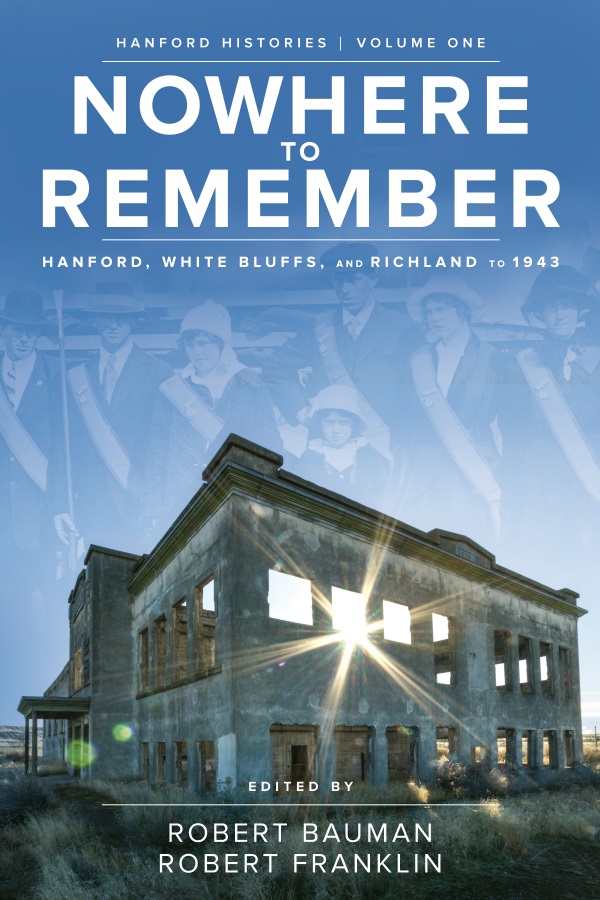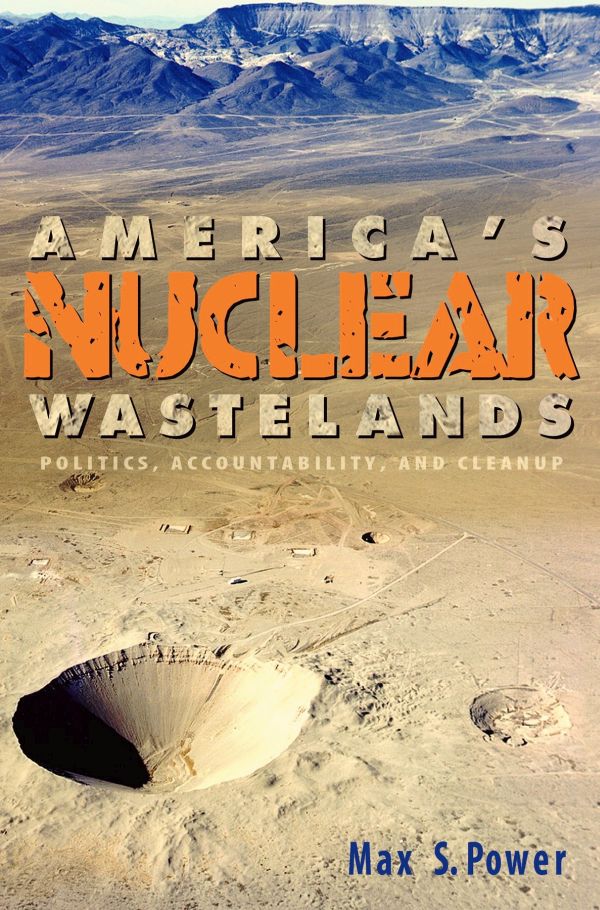Description
Washington State University Press is pleased to announce Hanford Histories, a new multi-volume series based on the extensive Hanford History Project archives held at Washington State University Tri-Cities. Upcoming volumes will focus on science and the environment, race and diversity, constructing Hanford, the Manhattan Project and its legacies, and an illustrated history of Hanford. The series will be edited by Michael Mays, Director, Hanford History Project.
“There wasn’t that many people, but they were good people.”—Madeline Gilles
“First time I ever tasted cherries or even seen a cherry tree was [in White Bluffs]. Or ever ate an apricot or seen an apricot…It was covered with orchards and alfalfa fields.”—Leatris Boehmer Reid
Euro-American Priest River Valley settlers turned acres of sagebrush into fruit orchards. Even though farm life required hard work and modern conveniences were often spare, many former residents remember idyllic, close-knit communities where neighbors helped neighbors. Then, in 1943, families received forced evacuation notices. “Fruit farmers had to leave their crops on their trees. And that was very hard on them, no future, no money…they moved wherever they could get a place to live,” Catherine Finley recalled. Some were given just thirty days, and Manhattan Project restrictions meant they could not return.
Drawn from Hanford History Project personal narratives, Nowhere to Remember highlights life in Hanford, White Bluffs, and Richland—three small agricultural communities in the mid-Columbia region of eastern Washington. It covers their late 1800s to early 1900s origins, their settlement and development, the arrival of irrigation, their dependence on railroads, Great Depression struggles, and finally, their unique experiences in World War II’s early years.
David W. Harvey examines the impact of wagon trade, steamships, and railroads, grounding local history within the larger context of American West history. Robert Franklin details the tight bonds between early residents as they labored to transform scrubland into an agricultural Eden. Laura Arata considers the early twentieth century experiences of women who lived and worked in the region. Robert Bauman utilizes oral histories to tell former inhabitants’ forced removal stories. Finally, Bauman and Franklin convey displaced occupants’ reactions to their lost spaces and places of meaning—and explore ways they sought to honor their heritage.
Illustrations / maps / notes / bibliography / index / 212 pages (2018)









